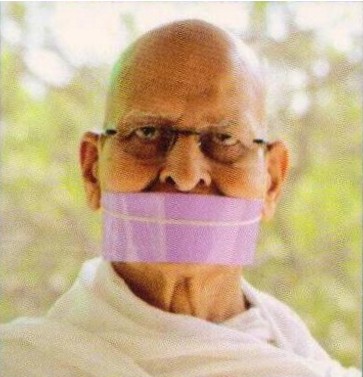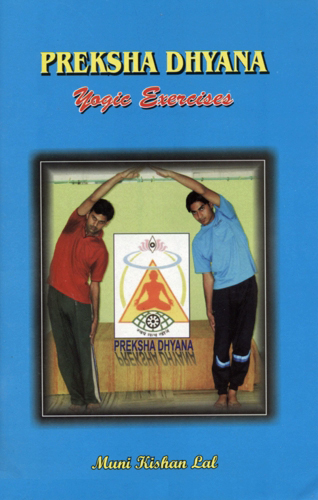This takes place at the emotional plane. At physical plane, it appears in the form of certain poses called mudras, which reflect the emotions. Poses are in accordance with our ideas and determine the individual's emotions. The word mudrana (printing) is derived from mudra and signifies the "expression of emotions through the alphabet." The alphabets express definite meanings of the emotions. Just as the printed words and sentences reveal the working of the author's mind, likewise the postures of the body reveal the innermost ideas of the person.
Postures play an important role in practising 'Preksha Meditation. The exercises and practices of positive posture give rise to positive emotions, which in their turn bring about the desired transformation'in one's life:Qne who desires to inculcate certain capabilities in life must adept prayer postures categorised as under
- Arham Posture
- Siddha Posture
- Acharya Posture
- Upadhyaya Posture
- Muni Posture
Arham posture means 'elimination of all attach ment'. Siddha posture means 'liberated state'. Achary posture means 'reverence and surrender'. Upadhyaya posture means 'knowledge' and Muni posture means 'equanimity and spiritual practices'.
 Muni Kishan Lal
Muni Kishan Lal

